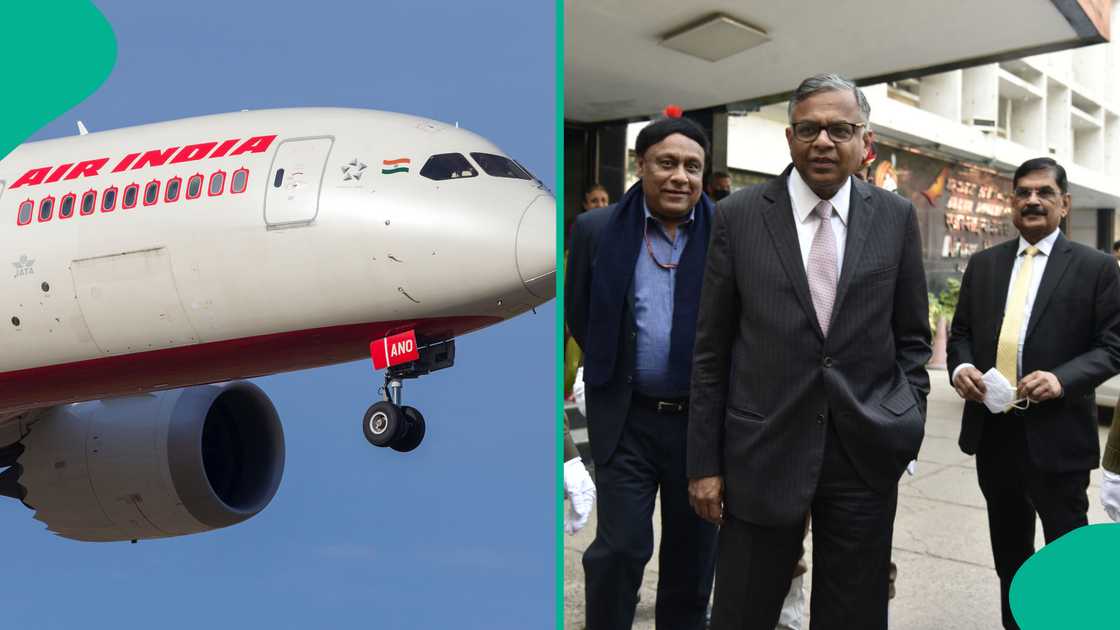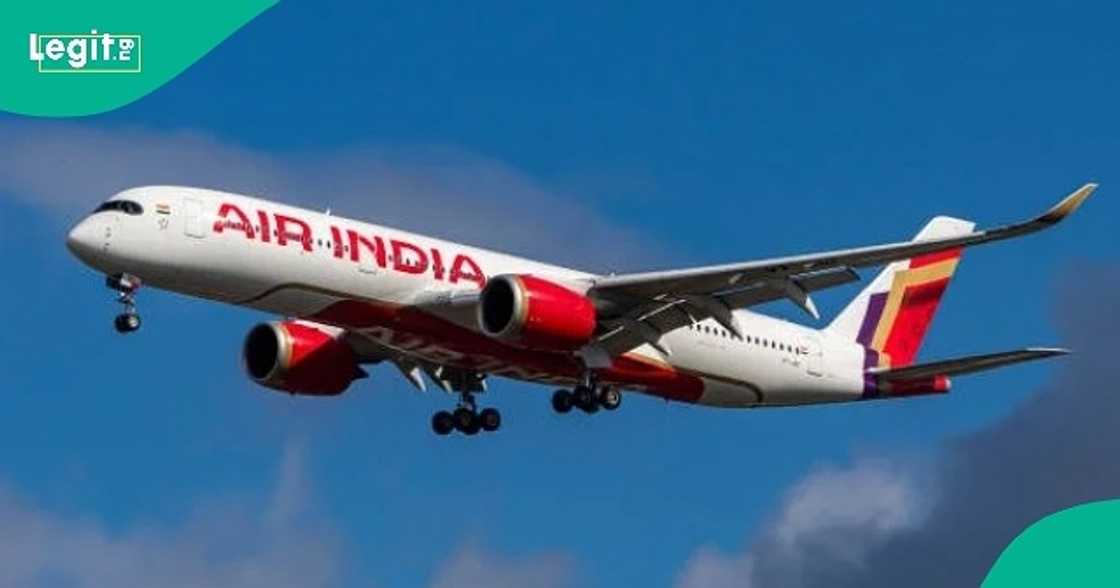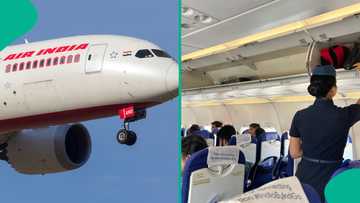How Pilot Founded Air India in 1946 Which Eventually Became National and International Business
- J.R.D. Tata, a pilot and industrialist, laid the foundation for India’s aviation journey by launching its first airline in 1932, which evolved into Air India by 1946
- His passion for flight, strategic business acumen, and pioneering spirit transformed a domestic mail service into a global aviation presence
- From the skies to steel, Tata’s legacy continues to shape modern India’s industrial and philanthropic landscape
Air India, now one of the most recognised names in global aviation, traces its origins to the remarkable vision of industrialist and pilot Jehangir Ratanji Dadabhoy Tata.
Born in 1904 in Paris, France, Tata went on to become an aviation pioneer and the driving force behind India’s first commercial airline.

Source: Getty Images
J.R.D. Tata’s early fascination with flight stemmed from an inspiring childhood encounter with aviation trailblazer Louis Blériot, according to Brittannica.
Although born into privilege and educated across Europe and Asia, Tata opted for ambition over comfort when he returned to India in 1925 to join the family business, Tata Sons, after his father’s death.
In 1929, he earned the distinction of being one of India’s first licensed commercial pilots. Just three years later, he founded Tata Air Mail—a courier service connecting Karachi, Ahmadabad, Bombay (now Mumbai), and Madras (now Chennai). It was a bold undertaking at a time when air travel in India was virtually non-existent.
Tata Airlines became Air India in 1946
In 1938, at just 34 years of age, Tata assumed leadership as chairman of the Tata Group. He swiftly rebranded Tata Air Mail into Tata Airlines, establishing India’s first domestic carrier.
In 1946, the airline underwent a pivotal transformation and was renamed Air India, a move that marked the beginning of its journey toward becoming a national and international enterprise.
Tata’s leadership proved instrumental as Air India expanded rapidly and gained public and governmental recognition.
Even after the airline was nationalised in 1953, the government retained Tata as chairman—a role he honourably fulfilled until 1978.

Read also
Air India: Indian government to decide on overseas analysis of flight recorders after crash
Building a business empire beyond the skies
Under Tata’s stewardship, the Tata Group diversified well beyond aviation. Existing ventures in steel, power, and hospitality were fortified while new sectors—automobiles, chemicals, IT, finance, and pharmaceuticals—emerged under the conglomerate’s expanding portfolio.
By 1991, when Tata retired from Tata Sons at the age of 87, the empire included over 80 companies generating roughly $4 billion annually.
Lasting contributions and recognition
Beyond business, Tata also channelled his influence into public service and philanthropy. He founded key institutions such as the Tata Institute of Fundamental Research, Tata Memorial Hospital, and the National Centre for the Performing Arts.
In 1971, he also established the Family Planning Foundation, bravely supporting a cause that was politically sensitive at the time.
His life’s ambition earned him numerous honours, including the Padma Vibhushan in 1957, the Daniel Guggenheim Medal in 1988, and the Bharat Ratna—India’s highest civilian award—in 1992.
Air India crash
On 12 June 2025, Air India Flight AI171, a Boeing 787 Dreamliner en route from Ahmedabad to London, crashed shortly after takeoff, killing 241 of the 242 people on board. The aircraft lost altitude rapidly and struck a residential area near BJ Medical College, also claiming lives on the ground. The sole survivor, seated near an emergency exit, escaped with injuries.

Read also
United Nigeria Airlines to launch UK, US flights as Air Peace secures Heathrow Airport slot
Preliminary analysis suggests a possible dual engine failure, with the Ram Air Turbine (RAT) deploying moments before impact.
Investigations are ongoing, with black boxes recovered and international aviation bodies assisting in uncovering the cause.

Source: UGC
Air India cuts ticket prices
Legit.ng earlier reported that Air India announced on Wednesday that it would reduce international services operated by widebody aircraft by 15% from 20 June through at least mid-July, as the airline grapples with fallout from a recent fatal crash and mounting operational pressures.
The move comes less than a week after a tragic incident involving an Air India Boeing 787-8 Dreamliner that crashed shortly after takeoff on 12 June, en route to the United Kingdom.
Source: Legit.ng



